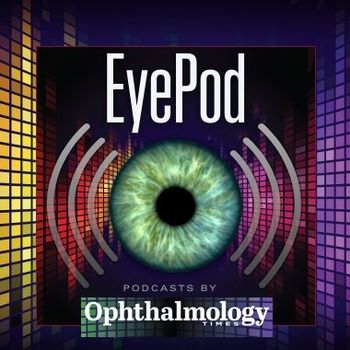
Switch to laser cataract surgery optimizes outcomes
Making the switch to laser cataract surgery proved beneficial for one surgeon, who experienced improvements to his LASIK enhancement rate, refractive accuracy, and visual acuity outcomes.
Reviewed by Y. Ralph Chu, MD
Bloomington, MN-After noticing a decrease in patients seeking an enhancement after implantation of the accommodating IOL (Crystalens AO, Bausch + Lomb), it occurred to Y. Ralph Chu, MD, that the trend coincided with his shift to performing femtosecond laser-assisted cataract surgery.
Results of a retrospective study comparing cohorts of patients operated on with a conventional manual approach versus using a femtosecond laser (Victus, Bausch + Lomb) confirmed his impression by showing that the LASIK enhancement rate among his accommodating IOL patients fell by almost half, from 11.5% to 5.8%.
Recent:
In addition, the femtosecond laser group had better refractive and visual acuity outcomes, said Dr. Chu, founder and medical director, Chu Vision Institute, Bloomington, MN.
“Other surgeons I have talked to seem to be noticing similar trends, but those are anecdotal observations and mine is a first retrospective look at my data,” he said, adding that further study with more rigorous analyses is needed.
Recent:
If the findings can be confirmed, they have clinical importance considering that these premium IOL patients have high expectations for excellent outcomes and a need for LASIK enhancements not only diminishes their satisfaction, but also costs surgeons time and money, he noted.
Courtesy of Y. Ralph Chu, MDComparing enhancement rates
Dr. Chu compared enhancement rates by identifying 130 eyes with the accommodating IOL before and after he switched to the femtosecond laser procedure. Regardless of the technique, he was targeting a 5.5-mm capsulotomy.
Related:
At 3 months after surgery, mean MRSE was -0.95 D for the manual surgery cohort and -0.68 D for the eyes that underwent laser cataract surgery. The proportion of eyes in the two groups with an achieved MRSE within 0.5 D of target was 52.4% and 76.8%, respectively, and their mean distance uncorrected visual acuity was 20/40 and 20/30, respectively.
Improved precision
Dr. Chu said the explanation for why the outcomes in this group of patients improved after he switched to femtosecond-laser assisted cataract surgery cannot be known for sure. He postulated, however, that it is the result of improved precision when using the laser for capsulotomy.
Recent:
“The ability to more consistently create a perfectly circular, perfectly centered, and precisely sized capsulotomy assures anterior capsule rim-IOL overlap, has been shown to reduce IOL decentration and tilt, and may result in greater predictability of effective lens position,” he said.
Related:
Because of the accommodating IOL’s flexible platform, its refractive outcomes are probably particularly sensitive to minor variations in capsulotomy accuracy, Dr. Chu noted.
On that basis, he questioned whether such dramatic between-group differences would be observed if similar analyses were conducted for eyes with IOLs having conventional single- or three-piece designs.
Regardless of the type of IOL used, Dr. Chu suggested that a femtosecond laser-based procedure offers other potential benefits.
More:
“Corneal and astigmatic incisions created with the laser are more consistently precise than those created manually, and so use of the laser may minimize incision leakage and enable more reliable calculations of surgically-induced astigmatism,” he said.
In addition, use of the laser to pretreat the lens reduces ultrasound energy usage along with the need for intraoperative lens manipulation, he said, which lessens stress on the capsule and zonules. These benefits can result in reduced postoperative inflammation and corneal edema.
Related:
Y. Ralph Chu, MD
Dr. Chu is a consultant to Bausch + Lomb.
Newsletter
Don’t miss out—get Ophthalmology Times updates on the latest clinical advancements and expert interviews, straight to your inbox.













































